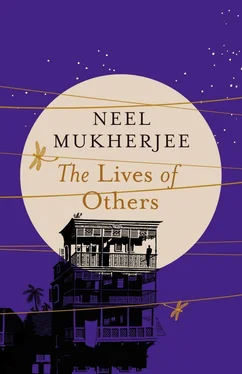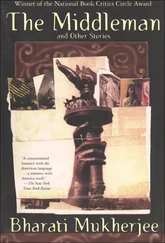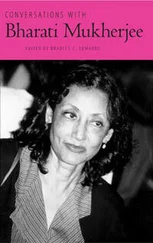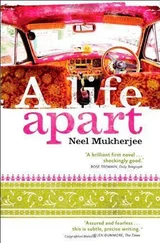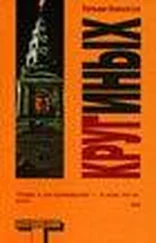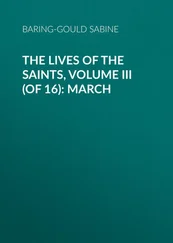This conjecture states that every even number appears as the gap between two consecutive primes, infinitely open. A generalization of the still-open problem of the ‘twin primes conjecture’, which hypothesizes that there may be an infinite pair of ‘twin primes’—pairs of prime numbers which are 2 apart (such as 5 and 7, or 17 and 19) — Professor Ghosh’s proof that there are infinite pairs of consecutive primes which are 4 apart, infinitely many that are 6 apart, and so on, marks a great step toward solving some of the most celebrated unsolved problems in number theory, notably Goldbach’s conjecture.
In a correspondence between Leonhard Euler and Christian Goldbach in 1742, the latter asserted that every even number from 4 onward is the sum of two prime numbers. So 4 = 2+2, 6 = 3+3, 8 = 3+5, and so on. No full proof of this conjecture is known.
Prime numbers are a valuable tool in encryption and are considered by mathematicians and scientists to provide the underlying design of many things in Nature.
Renowned for his shyness, the attention-avoiding professor, who was a child prodigy when he arrived at Stanford University at the age of 15 from his native Calcutta in India, has not returned calls by this newspaper.
His thesis supervisor, Professor Alan Pfeiffer, said, “It is fair to say that the entire math faculty here in Stanford had rarely seen anyone the like of Swarnendu when he arrived here. It is impossible to convey the sense of excitement, the sense of great possibility that we felt, when he started his graduate work. We are thrilled to have those hopes and promises fulfilled. It is a day of great joy, both for him and for us, and, of course, for the University. We feel very, very proud.”
The professor responsible for bringing the 15-year-old over, Ayan Basu, also from Calcutta and now at Caltech, said, “I couldn’t believe my eyes when this boy’s math teacher at school, a childhood friend of mine, sent me some of Swarnendu’s stuff to look at. He was sure this boy was special, that he was onto something. And he was right. When Swarnendu arrived at Stanford, the faculty had only one thing on its collective mind: here was the next Ramanujan.”
Ramanujan was the most famous Indian mathematics prodigy of the twentieth century. But it looks as if his reputation could be eclipsed by Professor Ghosh. While still a graduate student, Professor Ghosh published a paper, at the age of 18, that stunned the mathematics world. It moved the world closer toward a solution of the famous Goldbach conjecture, which, as yet unproven, states that every even number can be written as the sum of two primes. Professor Pfeiffer said that his former student’s proof, running to over twenty-five pages, had to be simplified and the young student cajoled to have it published. “You see, he came to us without any training in the conventions of mathematical language. What he had was an innate understanding of the world of numbers, of abstraction and reasoning and intuition,” said Professor Pfeiffer.
The following year, at the age of 19, he published yet another theorem that took the mathematics world by storm. This time he showed that either a prime number or a semiprime (a number which is the product of exactly two primes, such as 6 = 2 × 3) always exists between any two square numbers. As Professor Basu said, “This is one of the most famous, and most famously stubborn, unsolved problems, called Legendre’s conjecture, in number theory. And Swarnendu’s proof, worked out while he was still at his PhD, is the most promising progress on that problem that has been made so far.”
Almost as famous as his skills in solving difficult math problems is his reclusiveness. He never gives interviews or appears at public functions, not even departmental ones. Archishman Chakraborty, one of his graduate students, says, “His classes and seminars make you feel as if you’re eavesdropping on a private conversation with himself. He is hugely inspiring, not because he reaches out to encourage you, but because you get a glimpse of this focused, brilliant, obsessed mind. It is as if you’ve walked into a room where he is sitting with god’s book of numbers. You too want to enter that room.”
Professor Pfeiffer confessed that it had been an uphill struggle to draw his erstwhile student, and now colleague, out of his notorious introversion. ‘Well, most mathematicians, you’ll find, are creatures somewhat dissociated from the real world,’ he said. ‘The abstract matters to them much more than the concrete. Swarnendu is a very pure example of that. There is an innocence about him which the world has not been able to touch. He still lives with his mother, who came out to join him shortly after he was offered his teaching position in the Faculty. As far as I am aware, no one from the Department has ever visited him at home.’
Calls to try and contact Professor Ghosh’s mother at their home have not been returned.
San Jose Mercury News
, August 27, 1986
THE REPLY FROM Dr Leif Carlsson of the Classics Department has arrived. He takes out the medal and places it next to the letter. The gold medal’s rim bears his name, Swarnendu Ghosh. On the reverse side the inscription CONGREGATI / EX TOTO ORBE / MATHEMATICI / OB SCRIPTA INSIGNIA / TRIBUERE means, Dr Carlsson writes, ‘The mathematicians, having congregated from the whole world, awarded [this medal] because of outstanding writings [ie., outstanding work].’ There is a branch of leaves behind the inscription, and then, behind that, mostly obscured, some etched curves and lines. He turns to the obverse side: a profile of Archimedes’s head — he can read the Greek letters that spell out his name — and an inscription running along more than three-quarters of the circumference of the medal. This one says, TRANSIRE SUUM PECTUS MUNDOQUE POTIRI. In Dr Carlsson’s translation, ‘To rise above oneself and to master the world.’
He looks at the medal for a while, turning it to one side, then the other. Suddenly the etched lines and curves on the reverse, the face of Archimedes, all relate into meaning. The diagram obscured by the branch of leaves is nothing less than an illustration of Archimedes’s own proof, which he considered his favourite: the volume and surface area of a sphere are two-thirds that of a cylinder (including its bases) circumscribing it, or a cylinder of the same height and diameter. Sona smiles; yes, of course. A voice inside his head, a voice from another country, says, ‘The Greeks laid the foundations of mathematics.’
Then he reads again, ‘ Transire suum pectus mundoque potiri .’ To rise above oneself. That will do. That is enough.
Epilogue II. September 2012
THEY COME OUT of the dark forest as if spawned by the night itself; the trees sending out their new kind of children. A single file of people, perhaps about a dozen or fifteen of them. They are silent like the scrub that surrounds them, or the red, dry earth out of which they have sprung. Each one of them is carrying something in his hand, or hoisted on a shoulder. It is a new-moon night and they need to walk for three miles or so in the breachless dark to reach their destination. They have torches, but it is part of their plan to do the walk without turning them on. In any case, they know where they are going: the railway line that cuts through Latehar district, nearly hugging National Highway 75 right after McCluskiegunj, then cleaving away from around Kumendi, through Gotang and Betla forests, via Chhipodohar and Barwadih, until it rejoins Highway 75 at Chianki and Daltongunj. Between Barkakana Junction and Daltongunj, the Kolkata — Ajmer Express passes by, without stopping, twenty-one towns and villages; their job is between Kumendi and Kechki, the last third of this sector, a distance of just over thirty-five kilometres. Four of them are going to get to work near Hehegara Halt, the rest are going to fan out after Barwadih Junction, near Mangra and Kechki, before the express starts to slow down towards Chianki for the stop at Daltongunj.
Читать дальше
